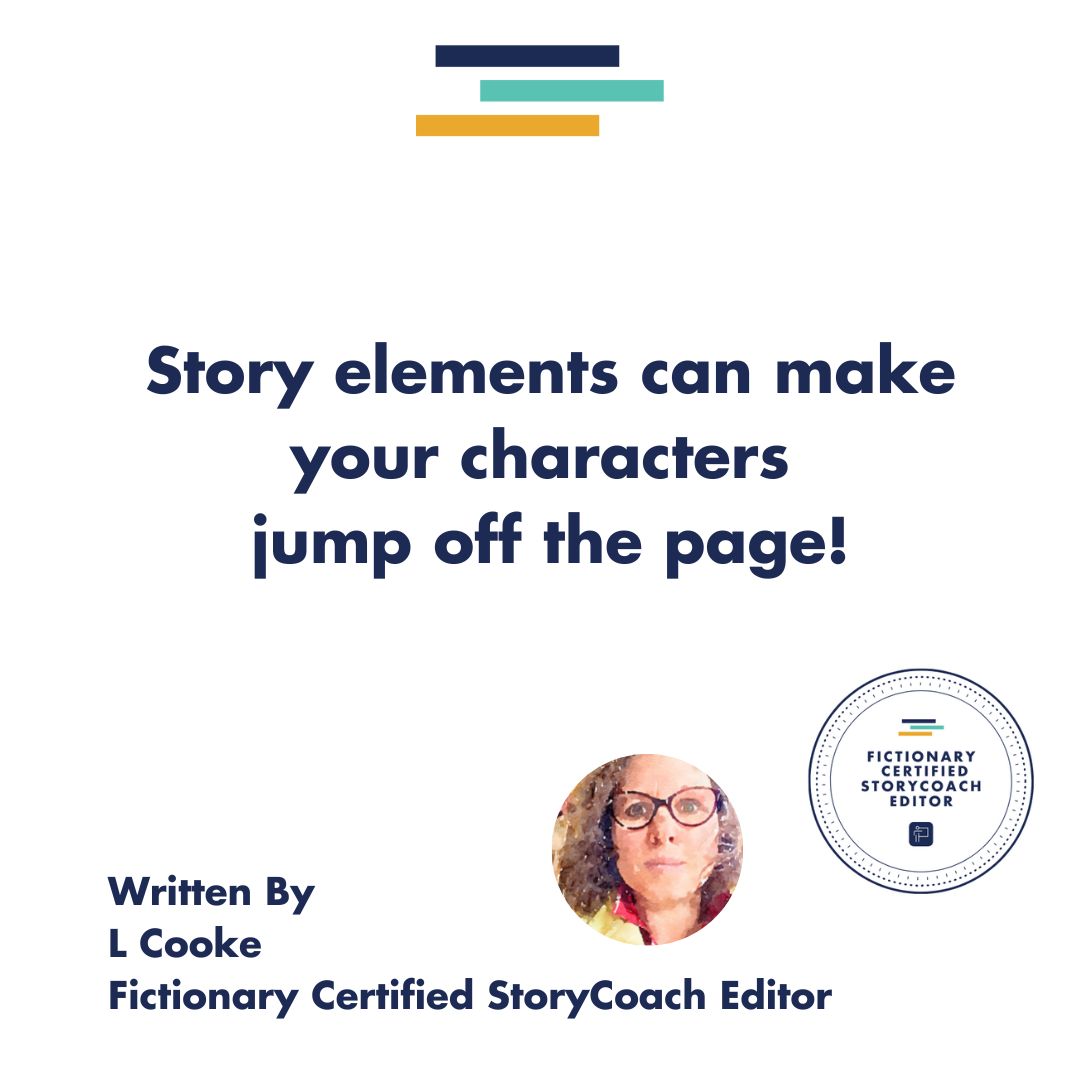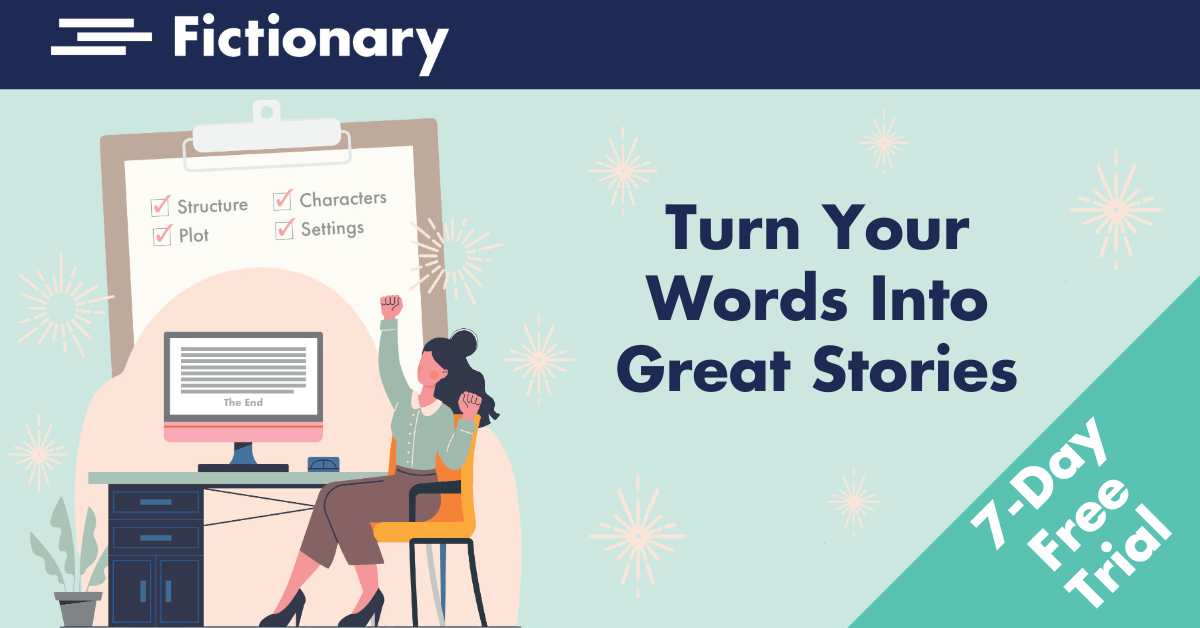Use these 5 Elements of a Story when editing characters
Editing Characters
When a character is being edited—any character from your book—you need to see if you have shown that character to the reader, not told the reader about the character. This showing is called characterisation, and when done well, the characters jump off the page. And the great news is this blog will show you how to use some of the Fictionary Elements of a Story to check your characters. And how you have shown them in your work.
Nobody likes to be told what to do. Least of all readers, they like to be shown, so they can make their own deductions. And you show characters to the reader through the way you characterise them.
Showing when characterising
Characterisation is the editing way of saying: how well did the draft show the reader the character?
The great news is there are 5 principal ways of showing a character to the reader.
Did the draft say that a character is a strong worker? Or did it show the character striding into a meeting room at 5 minutes to the hour, dressed in freshly ironed clothes, answering the phone? Then apologising for their manners, and putting their phone down, whilst greeting their colleagues?
Is there a way to check these 5 ways of showing for each character in a manuscript?
Yes, use Fictionary’s Elements of a Story!
First, we will look at what Elements of a Story are, then we will look at the type of characters in your book. Then we’ll look at how to characterise them. Finally, we’ll show you how to check if all the characters ring true.
We’ll use some of the Fictionary Elements of a Story in ways that will really show you some deep structure. And those deep structural edits will inform your revisions.
What are Story Elements?
Great story elements build great scenes, and great scenes build a great story.
As Kristina Stanley says in this fantabulous blog here: an element of a story is the mandatory part of a story.
Story elements are fundamental building blocks of a story.
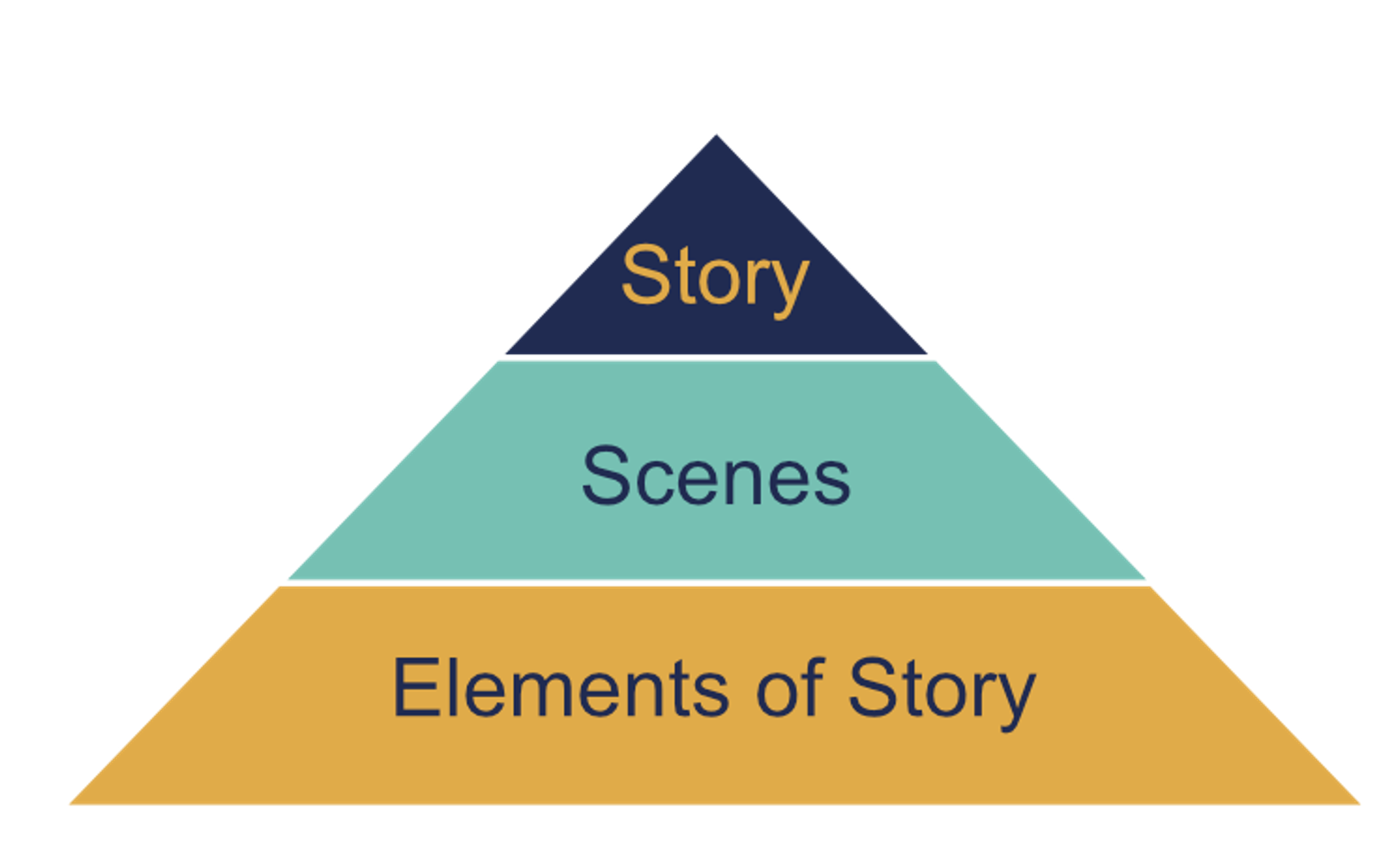
Let’s apply that to the characters. We can even call these story elements: character elements of a story.
Before we look at the character elements of a story, we will look at the two types of fictional characters and how to characterise them.
Characters Found in Fiction
There are two types of characters in a story: major characters and minor characters.
- Major characters change by the end of the story.
- Minor characters stay the same at the end of the story.
Major characters need more nuanced characterisations than minor characters.
5 Ways to Characterise
When an editor looks at the characters in a story, they look to see how “shown” a character is.
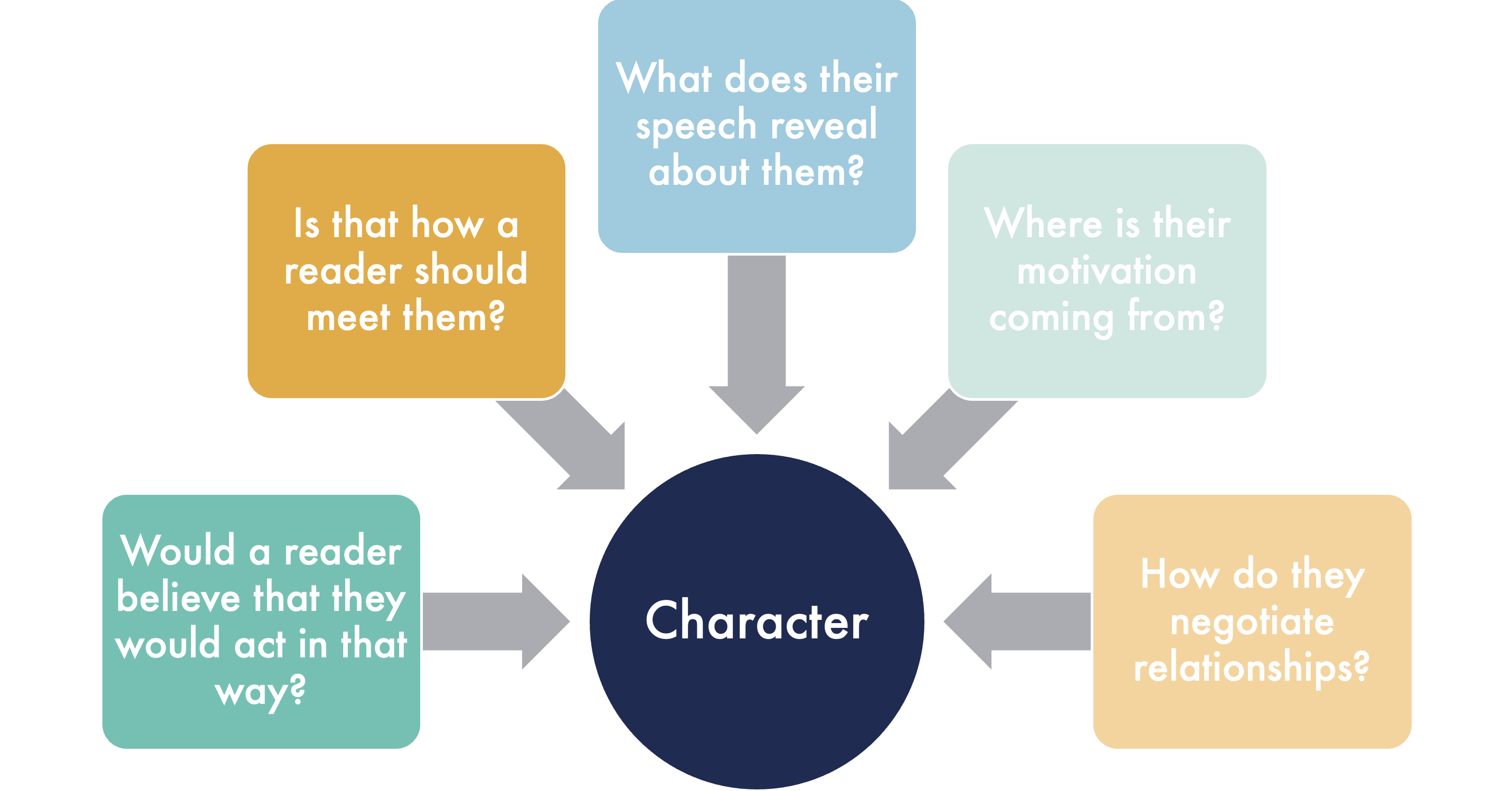
5 ways of characterising a character in a story
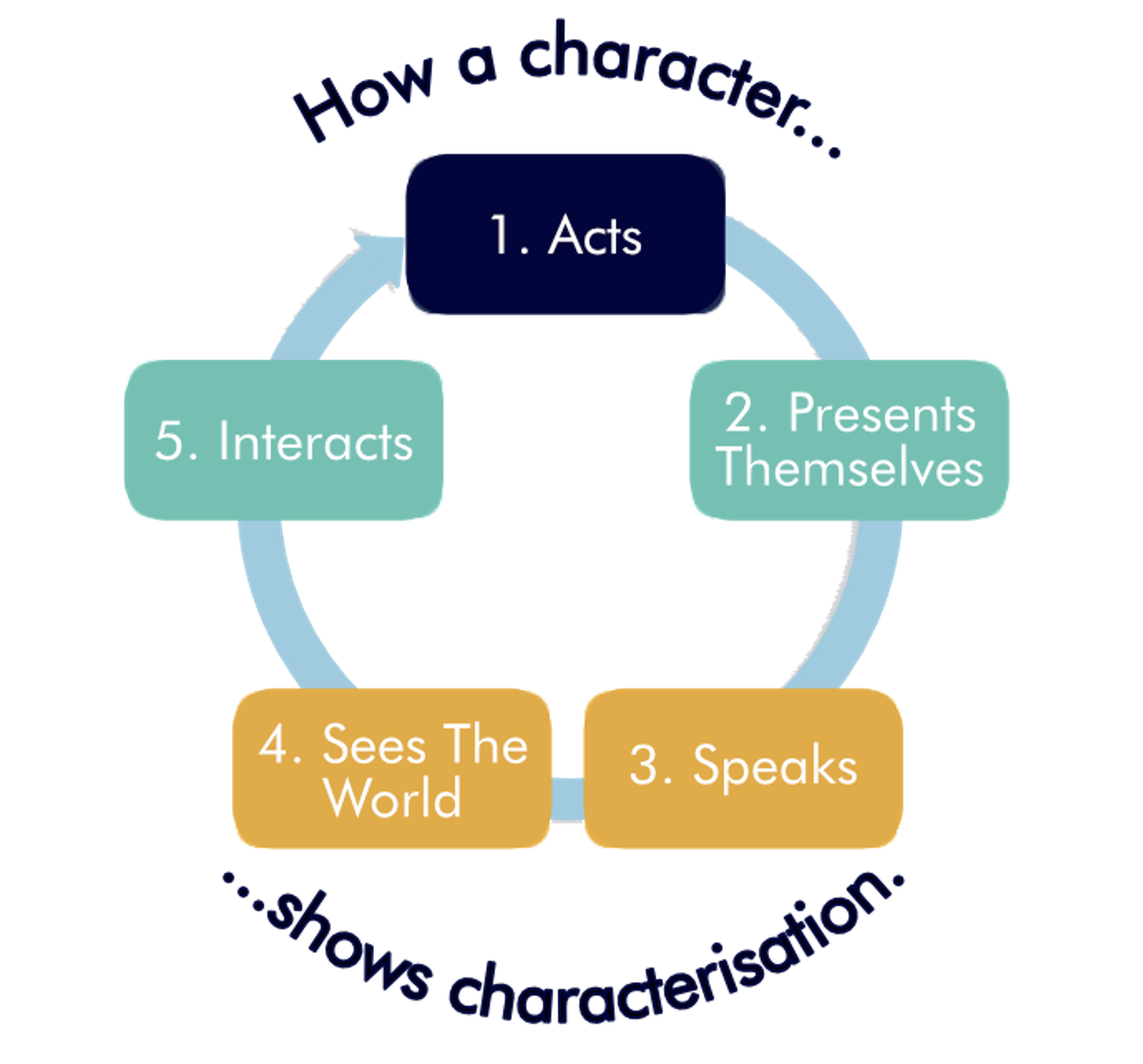
- How a character acts makes them real to the reader. And this needs to be consistent with where that character is in the story.
- How they present themselves to the world is another way. Are they dressed in certain clothes, are they well kept, or do they need to brush their hair? First impressions matter to the reader.
- How a character speaks is also a way to make the character believable. Perhaps a character who has a PHD is more comfortable around certain academic words than someone who entered the world of work at 16.
- How a character sees the world will dictate how they think and feel about issues. This world view will be a cumulation of their upbringing. The past that happened before the story began.
- How a character interacts with other characters shows a lot. Where are they in the pecking order of the group? No person is an island, interactions are big for characterisation.
Now we know what characters are and how to characterise them, let’s get on to check how well these are shown in a draft.
![]()
And using Elements of a Story you can check the Characterisation
In the Fictionary Story Elements, you can use these Elements of a Story to check how a character is shown in the draft. There are 38 Fictionary story elements, here we will use 5 that are shown-not-told checkers.
![]()
Elements of a Story Shown-not-Told Check 1: Acts
Fictionary Story Element: Character in Motion—if the character is in motion, look at how they are in motion. Does it show the character to be who they are? Is their walk distinctive? Is how they negotiate a room particular to them? This story element is the first to check that they are in motion. But then, in the scene notes section of Fictionary, make some notes about how they move, how they act. And their motion should relate to the place they are in their development.

![]()
Elements of a Story Shown-not-Told Check 2: Present themselves
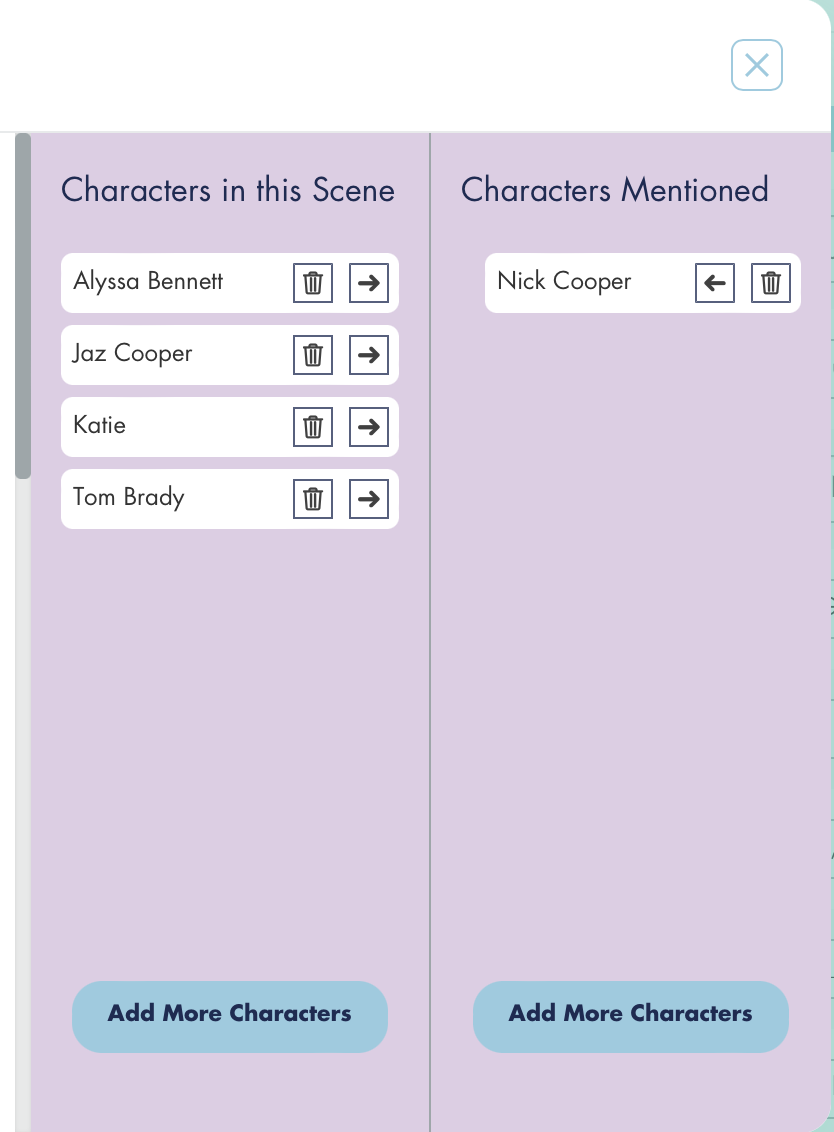 Fictionary Story Element: Cast of characters element of story—each scene toggles who is in the scene or who is mentioned in the scene. Then you can use the evaluate section to see when each character is first introduced to the story.
Fictionary Story Element: Cast of characters element of story—each scene toggles who is in the scene or who is mentioned in the scene. Then you can use the evaluate section to see when each character is first introduced to the story.
Go back and read the section where they are first introduced in the story. What description does the draft give to the reader? Does this show the reader how this character presents themselves to the world? Is this paragraph the right length for a minor character? Is it too short for a major character?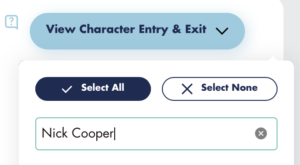
Elements of a Story Shown-not-Told Check 3: Speaks
Fictionary Story Elements: Revelation element of story.
What does the character reveal about themselves when they are talking? The revelations that come from these talks help show who the speaker is. They also show the listener by how they react.

![]()
Elements of a Story Shown-not-Told Check 4: Sees the world
Fictionary Story Elements: Backstory element of story.
Backstory is how a character has built their worldview, their life experience up to the point before the start of the story, when the reader meets them. Backstory is the motivation explaining why a character acts how they do.

![]()
Elements of a Story Shown-not-Told Check 5: Interacts
Fictionary Story Element: Conflict story element.
The relationship that a character has with another—how do they deal with issues? Do they explode? Do they run away from conflict? These interactions are important for characterisation and showing the characters with their relationships pushed to the limits.

![]()
Conclusion
If you want your characters to be shown-not-told, then check their characterisation. And by using these 5 Fictionary Story Elements in this way and you can check for that. We can use each Fictionary Elements of a Story in so many ways.
Here just 5 of the 38 Fictionary Story Elements are being used to edit. Fictionary’s way of editing is transformational. And there are 38 Fictionary story elements in total to use across your whole edit.
Come on over to the Fictionary Community and say hello. Here at Fictionary, we love to talk about all things story editing. And if you want to know how Fictionary can super charge every edit, the Fictionary community can help.
Post Written by L Cooke
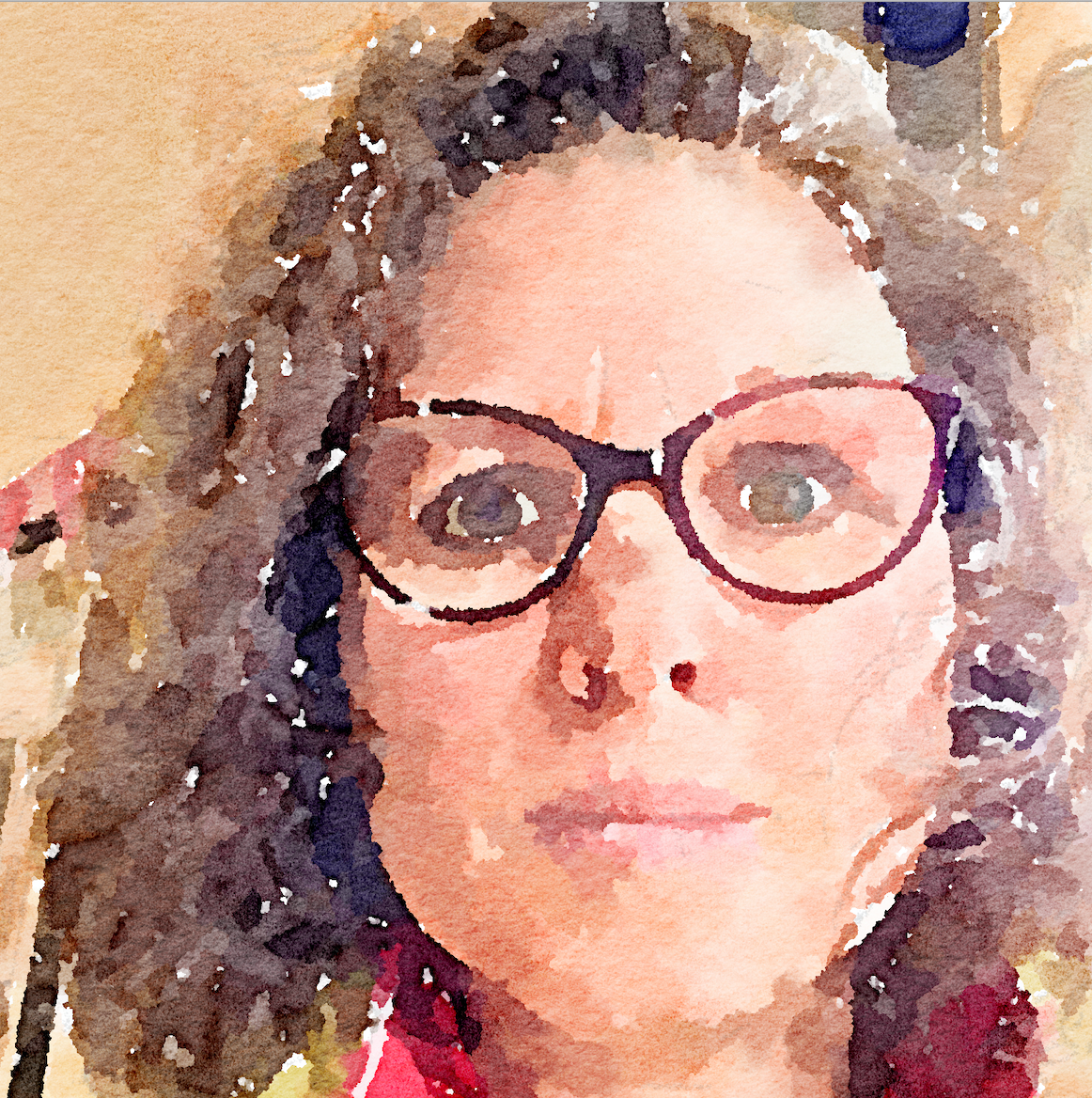 As a Fictionary certified Editor, I will explore your Work-In-Progress, chapter-by-chapter, scene-by-scene, story-element-by-story-element. You will end up with a treasure map of sorts, full of actionable advice and a greater understanding of your Work-In-Progress.
As a Fictionary certified Editor, I will explore your Work-In-Progress, chapter-by-chapter, scene-by-scene, story-element-by-story-element. You will end up with a treasure map of sorts, full of actionable advice and a greater understanding of your Work-In-Progress.
Contact at: https://invermuse.co.uk/


